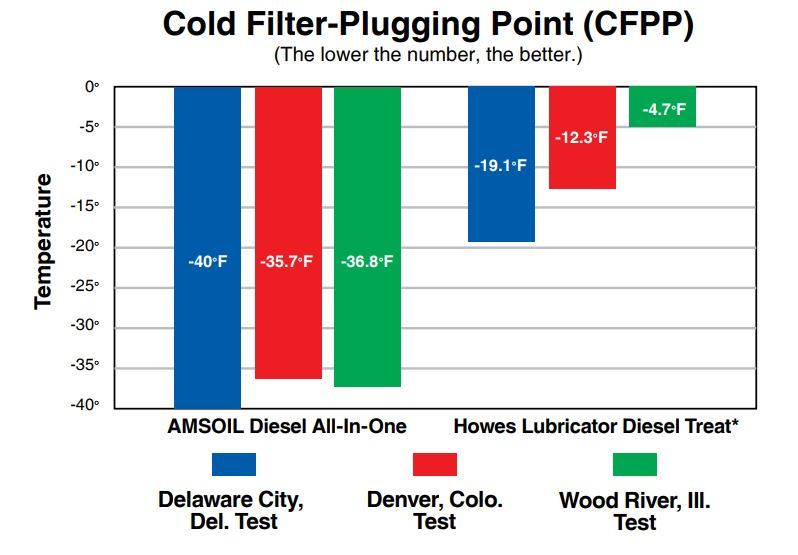Preventing Diesel Fuel Gelling – Off Season Update Take advantage of the off season pricing here in the Sioux Falls store!! Here’s one product you will need in winter. Save even more buying now. (Products: Diesel All in One and the Diesel Cold Flow) Mark Nyholm|Oct 29, 2019 10:12 AM We diesel burners get a […]
You are browsing archives for
Category: Tech Articles
Figuring out Engine Knock
Why Does My Engine Knock? 3 Possible Explanations. John Baker|Aug 06, 2019 10:56 AM There are a few different reasons your engine might make a knocking, ticking or pinging sound. Let’s break each down and talk about what might be happening. Is it an engine knocking sound, tick or ping? One driver’s knock is another driver’s tick. Or ping. […]
Lubricant specifications are here to hel...
Use Lubricant Specifications To Your Advantage Matt Erickson | DIRECTOR, TECHNICAL PRODUCT MANAGEMENT Specs can be confusing if you miss these three points. Let’s step back in time for a minute. It’s the 1920s. You’re cruising around town in your Ford* Model A or maybe your Nash* Advanced Six Coupe. You’re off to the […]
Signature Series: The Measure Of Perform...
SIGNATURE SERIES: Brand comparison Testing – Viscosity In the NOACK Volatility Test, Signature Series scored far below the API limit for evaporation and proved it remains where it’s needed most – protecting your engine. Nearly 35 years ago AMSOIL became the first oil manufacturer in the United States to use the NOACK Volatility Test as […]



